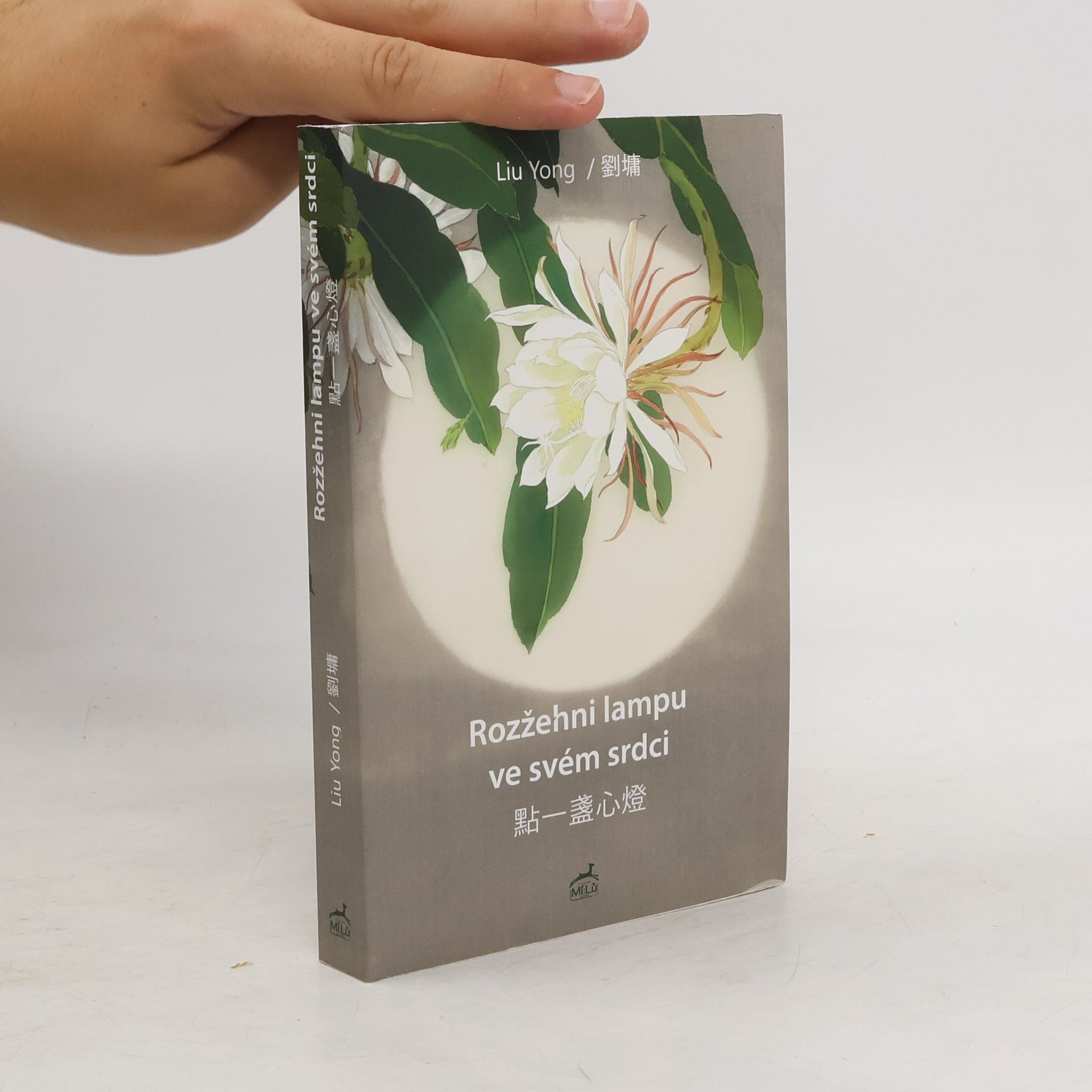New Polymeric Products: Fundamentals, Forming Methods and Applications introduces applications of polymer materials in different fields, including new products and processing methods. This book is rich in content and creativity and introduces the development, history, characteristics and existing processing methods of polymer materials in a comprehensive and systematic manner. Sections include the latest achievements from future travel, energy problems, special environment, lens materials and biomedicine, which are the most concerning areas of human society today. The book also introduces forming principles, methods, achievements and development prospects from shallow to profound. It will benefit researchers and new academic participants and broaden their vision. Sections cover the development history and prospect of polymer materials, introduce polymer materials, including new materials, characteristics, synthesis, naming and functionality, and delve into new processing and forming methods which are introduced in three parts: plastic, rubber and fiber according to different product types. Inhaltsverzeichnis 1. A brief history of polymer materials 2. Rubber and spherical tires 3. Polymer Materials for Energy 4. High-performance fiber materials and shock-resistant airbag 5. New lens materials and molding process 6. Biomedical applications of polymer materials
Yong Liu Livres




Practical Deep Learning at Scale with MLflow
Bridge the gap between offline experimentation and online production
- 288pages
- 11 heures de lecture
This guide focuses on managing deep learning models and pipelines using MLflow, emphasizing the importance of reproducibility and provenance awareness. It covers key processes such as training, testing, tracking, and deploying models at scale. Readers will learn how to effectively store and tune models while ensuring that their development and deployment can be easily explained and replicated. This resource is essential for those looking to enhance their machine learning workflows with robust tracking and management techniques.
Tujia Paintings and Woodcarvings in Guizhou and Their Development in the Qing Dynasty
- 392pages
- 14 heures de lecture
Focusing on the Tujia ethnic group's rich cultural heritage, this book delves into their distinctive paintings and woodcarvings, which serve as vital elements of their religious practices. Featuring numerous images, it highlights the artistic achievements from the Qing period and examines the Nuo folk religion's deep ties to Tujia traditions. Author Liu Yong shares insights from his extensive collection of Tujia art, aiming to preserve the customs and skills of this lesser-known group, making it a valuable resource for enthusiasts of Tujia culture and art.
Rozžehni lampu ve svém srdci
- 280pages
- 10 heures de lecture
Sbírka Rozžehni lampu ve svém srdci obsahuje 104 krátkých lyrických próz, jimž dominují motivy lásky, přátelství a pokory. Drobná ponaučení pro každodenní život jsou podána s velkou laskavostí a nadhledem. Prózy nezapřou inspiraci učením buddhismu, jehož je autor stoupencem, i přes četné kulturní zvláštnosti jsou univerzálně srozumitelným sdělením pro příslušníky různých kultur. Český čtenář se prostřednictvím Liu Yongových próz může seznámit s hodnotami a kulturními vzorci, které jsou důležité pro Tchajwance, potažmo pro Číňany obecně, a současně získat poučení a inspiraci pro vlastní život. Prózy jsou psány prostým, avšak elegantním jazykem, autor své myšlenky sděluje jednoduchou, současně však duchaplnou a zábavnou formou. České vydání sbírky je koncipováno jako zrcadlové vydání próz v čínském originálu a českém překladu. Díky dvojjazyčnému formátu je publikace vhodná jak pro zájemce o tchajwanskou či čínskojazyčnou literaturu, tak i pro české studenty čínštiny či čínsky mluvící studenty českého jazyka.